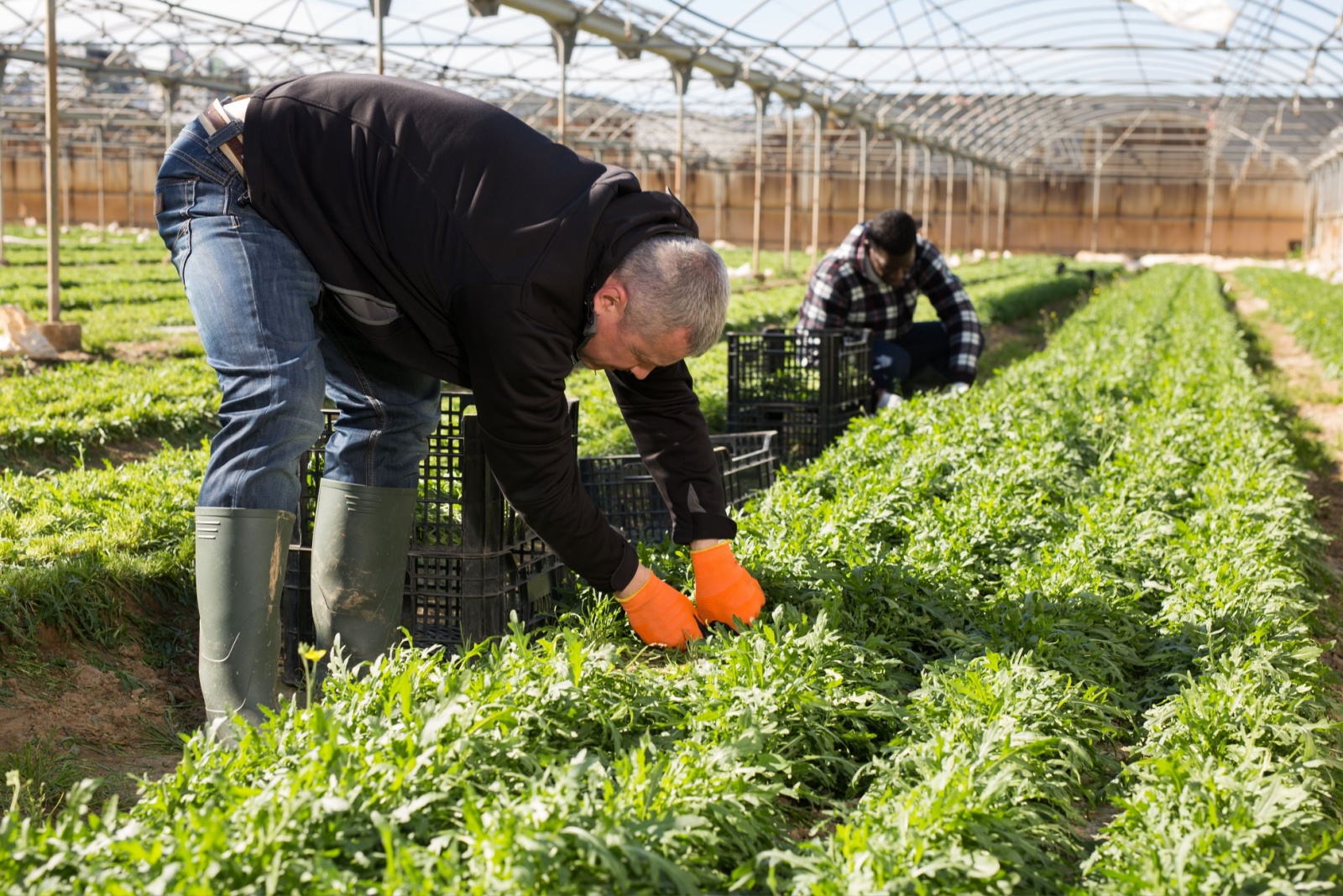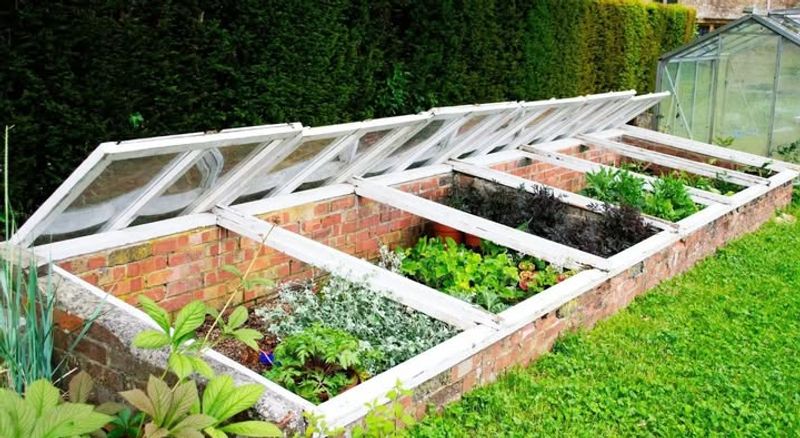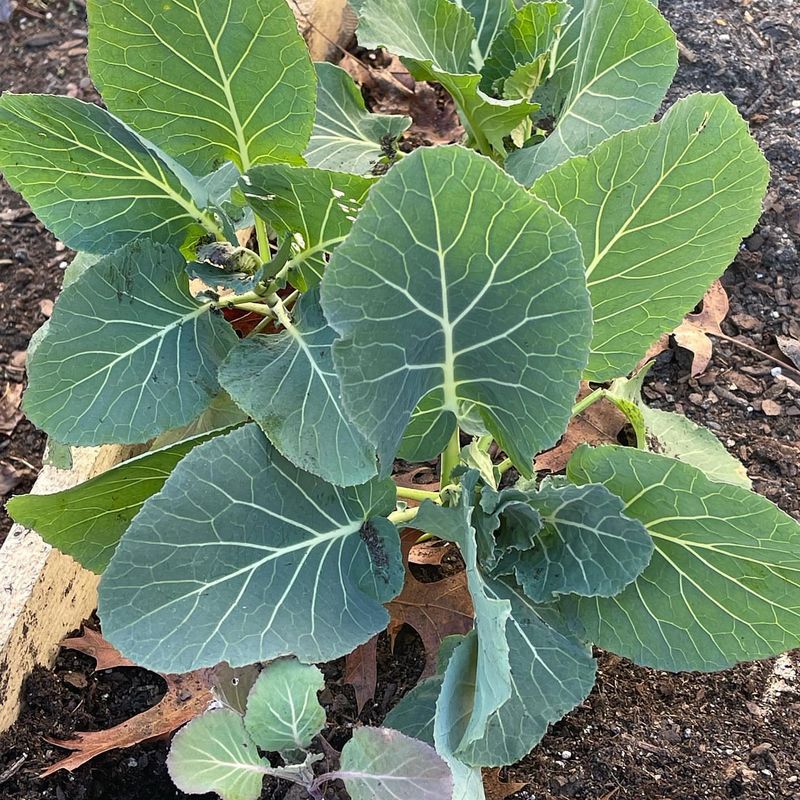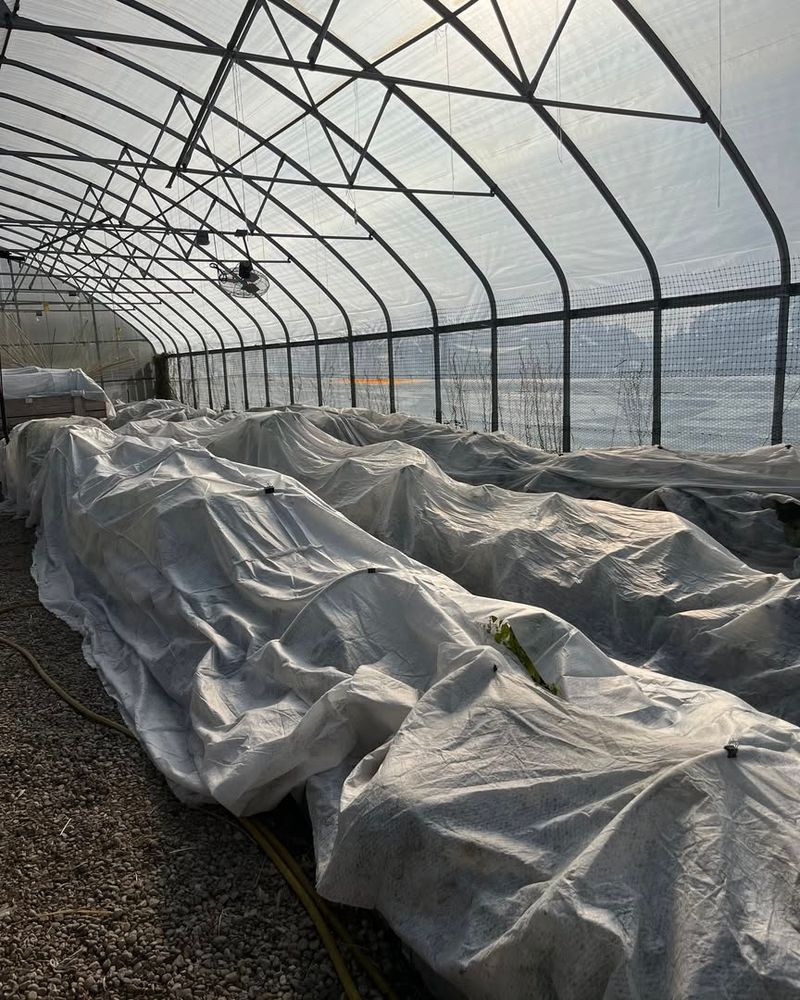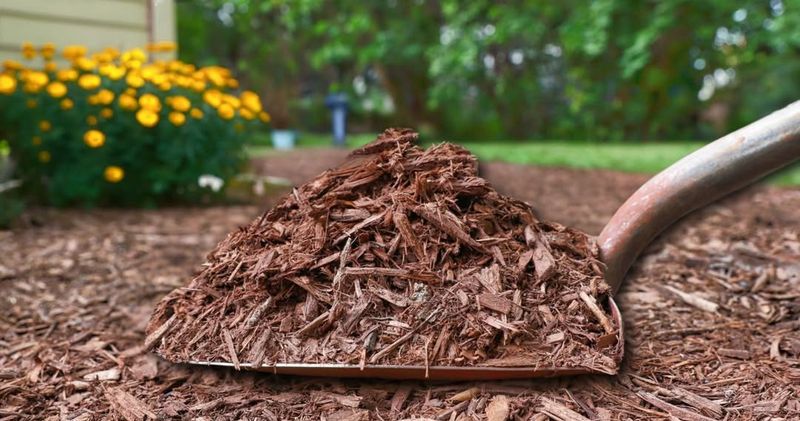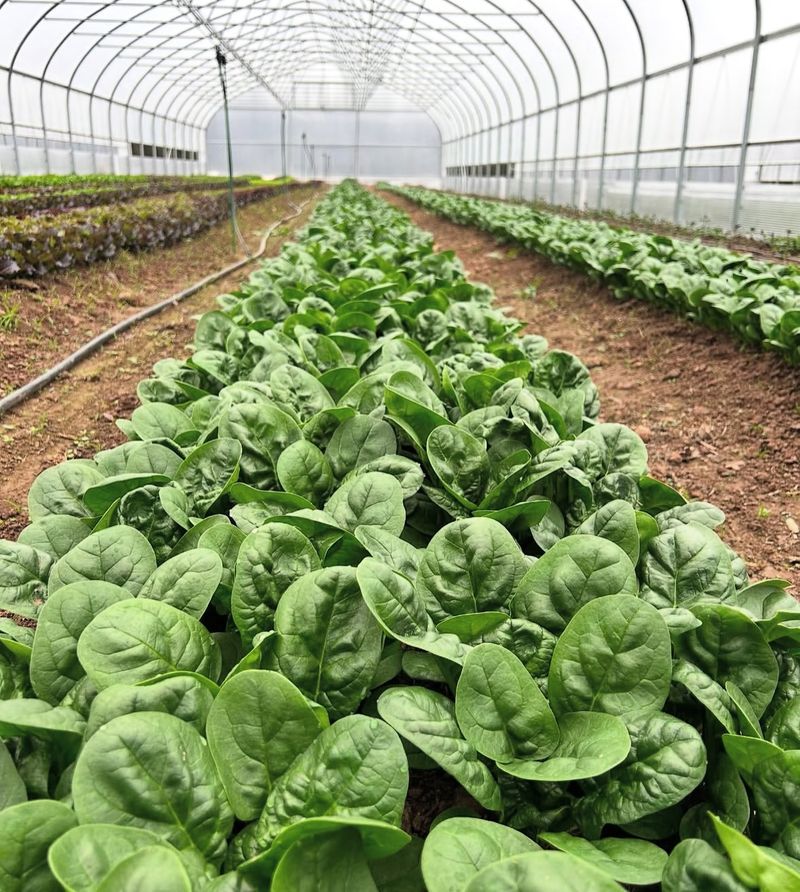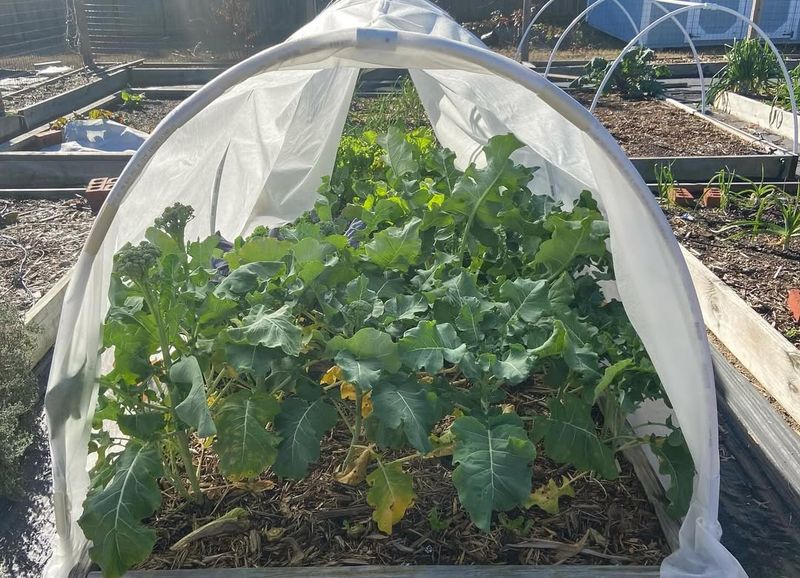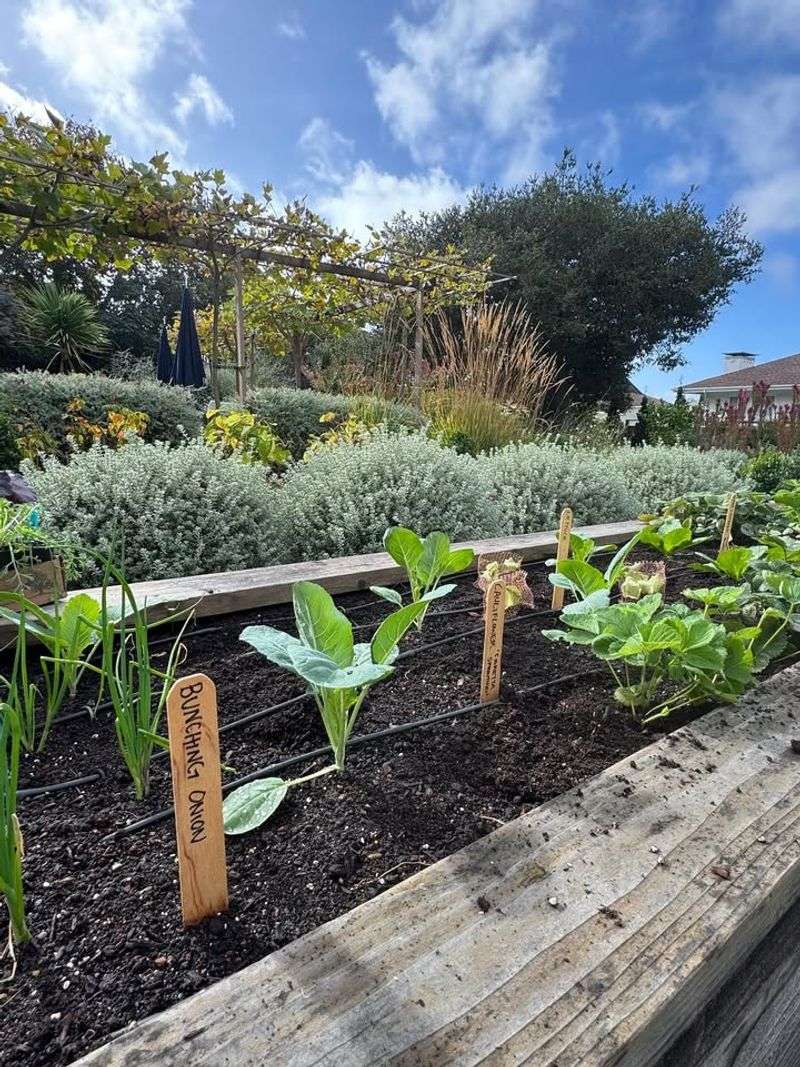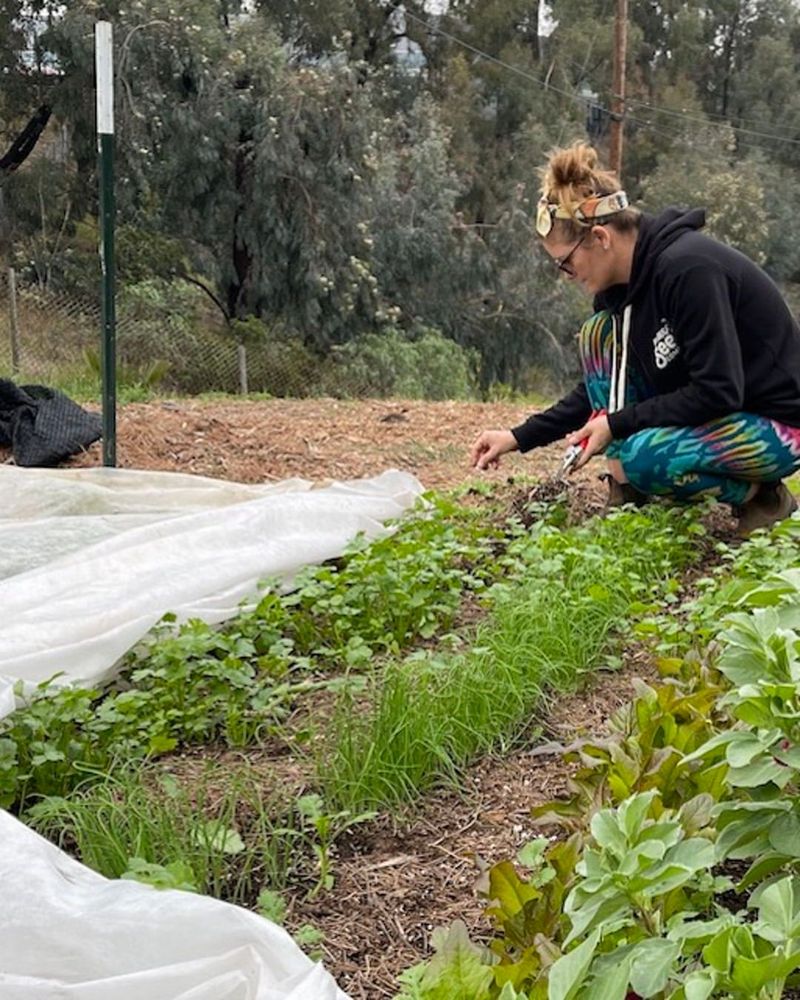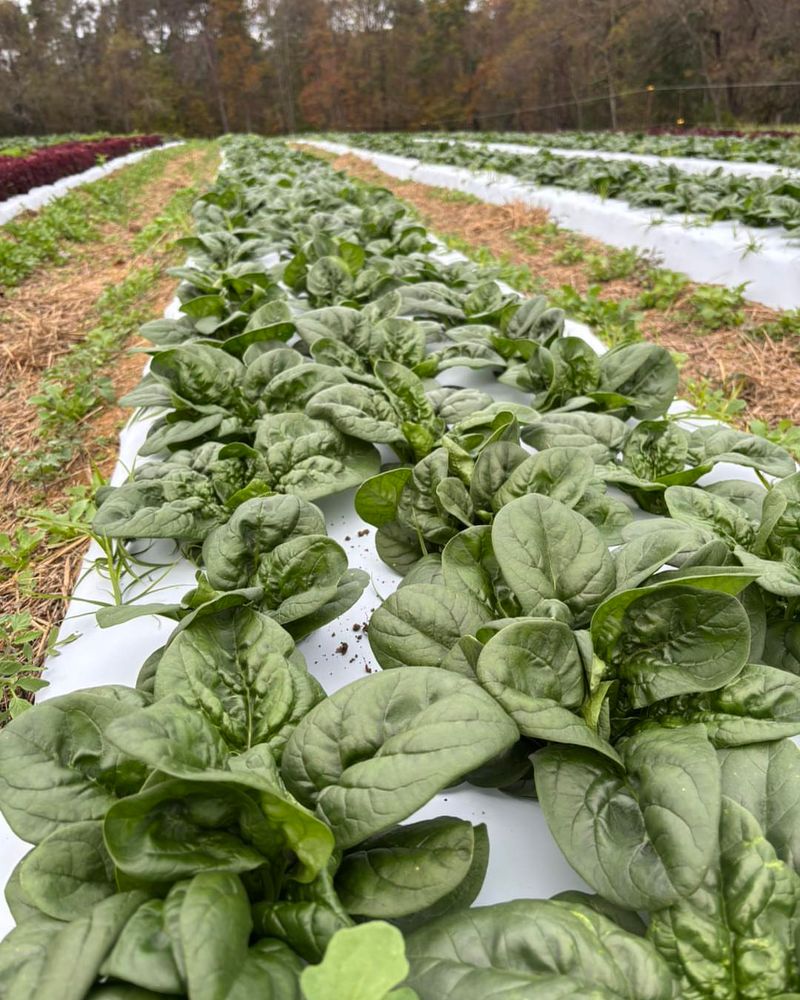December may chill the air in Pennsylvania, but that doesn’t mean the garden has to go silent. Many gardeners here know a few tried-and-true tricks that keep winter greens coming long after frost settles in.
With a mix of smart protection, careful timing, and a little cold-weather know-how, they coax out fresh harvests when most people assume the season is over. While the landscape sleeps, these hardy greens keep right on growing, turning winter beds into steady producers even in the darkest months.
Cold Frames Trap Sunshine And Warmth
Cold frames work like mini greenhouses that protect plants from freezing temperatures. Pennsylvania gardeners build simple wooden boxes with glass or plastic tops that capture sunlight during the day.
The trapped heat keeps the soil and plants several degrees warmer than outside air. Kale, spinach, and lettuce thrive inside these protective boxes throughout December.
Many gardeners position cold frames facing south to maximize sun exposure during short winter days.
Hardy Greens Laugh At Freezing Weather
Some vegetable varieties actually taste sweeter after frost touches their leaves. Kale, collards, spinach, and arugula contain natural sugars that increase when temperatures drop below freezing.
Pennsylvania gardeners specifically choose cold-hardy varieties bred to survive harsh winters. These tough plants can handle temperatures down to 20 degrees Fahrenheit without protection.
Swiss chard and mache are other favorites that keep producing through Pennsylvania’s coldest months.
Row Covers Create Cozy Plant Blankets
Floating row covers are lightweight fabrics that gardeners drape directly over plants like blankets. These breathable materials let in sunlight and rain while blocking cold winds and adding 4-8 degrees of frost protection.
Pennsylvania gardeners secure the edges with rocks, boards, or soil to prevent wind from blowing covers away. The fabric is easy to lift when harvesting greens for dinner.
Row covers also protect plants from winter pests like hungry rabbits.
Thick Mulch Insulates Soil Like A Winter Coat
Adding 4-6 inches of straw or shredded leaves around plants keeps soil temperatures stable during freezing weather. Mulch acts as insulation that prevents the ground from freezing solid, allowing plant roots to keep absorbing water and nutrients.
Pennsylvania gardeners apply mulch after the first hard frost when soil still holds some warmth. Straw works especially well because it does not mat down when wet.
This simple technique extends the harvest by several weeks.
Strategic Fall Planting Sets Up Winter Success
Timing is everything when growing winter greens in Pennsylvania. Gardeners plant seeds or transplants in late August through September, giving plants time to establish strong roots before cold arrives.
Young plants that mature before winter can withstand harsh conditions better than those still growing. Spinach planted in early September will be ready to harvest by Thanksgiving and continue producing through December.
Planning ahead makes all the difference for winter gardening success.
Microclimate Selection Provides Natural Protection
Smart Pennsylvania gardeners plant winter greens in naturally warmer spots around their property. South-facing locations near buildings, stone walls, or fences receive maximum sunlight and protection from north winds.
These microclimates can be 5-10 degrees warmer than open garden areas just feet away. Stone walls absorb heat during sunny days and radiate warmth back to plants at night.
Observing your yard carefully helps identify these perfect protected growing spots for winter vegetables.
Hoop Houses Extend Growing Season Dramatically
Hoop houses are tunnel-shaped structures covered with heavy plastic that create protected growing spaces. These larger versions of cold frames can fit entire garden beds and allow gardeners to walk inside comfortably.
Pennsylvania farmers and serious home gardeners use hoop houses to grow greens commercially through winter. The structures provide enough warmth that plants continue growing actively rather than just surviving.
Some hoop houses even produce enough heat to avoid adding supplemental heating systems.
Proper Watering Prevents Frozen Plant Damage
Watering winter vegetables requires different timing than summer gardening. Pennsylvania gardeners water their greens during morning hours on days when temperatures rise above freezing.
Wet soil holds heat better than dry soil, but watering late in the day can cause ice crystals to form inside plant cells overnight. Checking soil moisture weekly prevents plants from drying out during Pennsylvania’s unpredictable winter weather.
Proper hydration keeps greens crisp and flavorful throughout December harvests.
Successive Planting Guarantees Continuous Harvests
Rather than planting all greens at once, experienced gardeners sow seeds every two weeks from August through October. This staggered approach ensures fresh young leaves are always ready to harvest throughout winter months.
When one planting slows down in December’s cold, the next succession is reaching perfect harvest size. Pennsylvania gardeners might have spinach planted in early September, mid-September, and early October all producing at different rates.
This method provides variety and abundance all winter long.
Harvesting Techniques Encourage Continued Growth
Picking greens correctly during winter keeps plants producing new leaves for weeks. Pennsylvania gardeners harvest outer leaves first while leaving the center growing point intact and healthy.
Morning harvesting works best because leaves are crisp and full of moisture after cool nights. Taking only what you need rather than cutting entire plants allows continued growth during brief warm spells.
Gentle handling prevents damage to cold-stressed plants that heal more slowly in winter temperatures.

